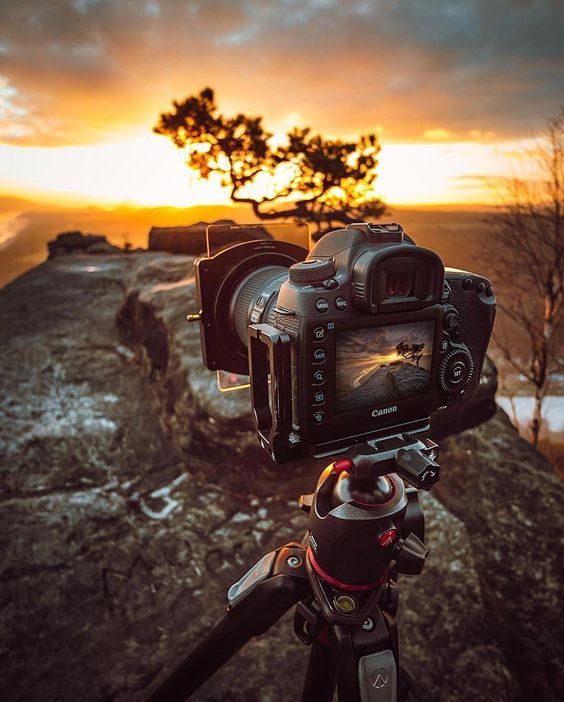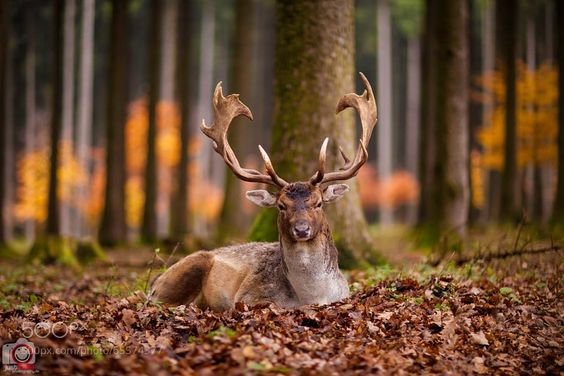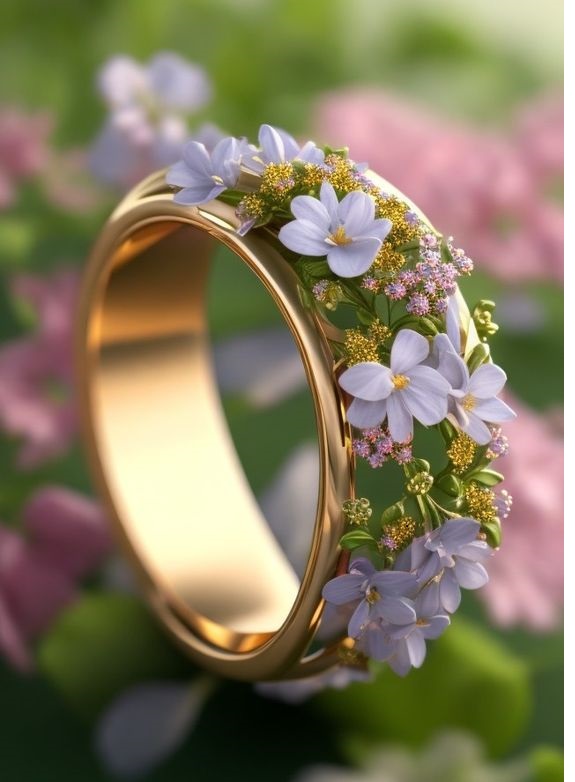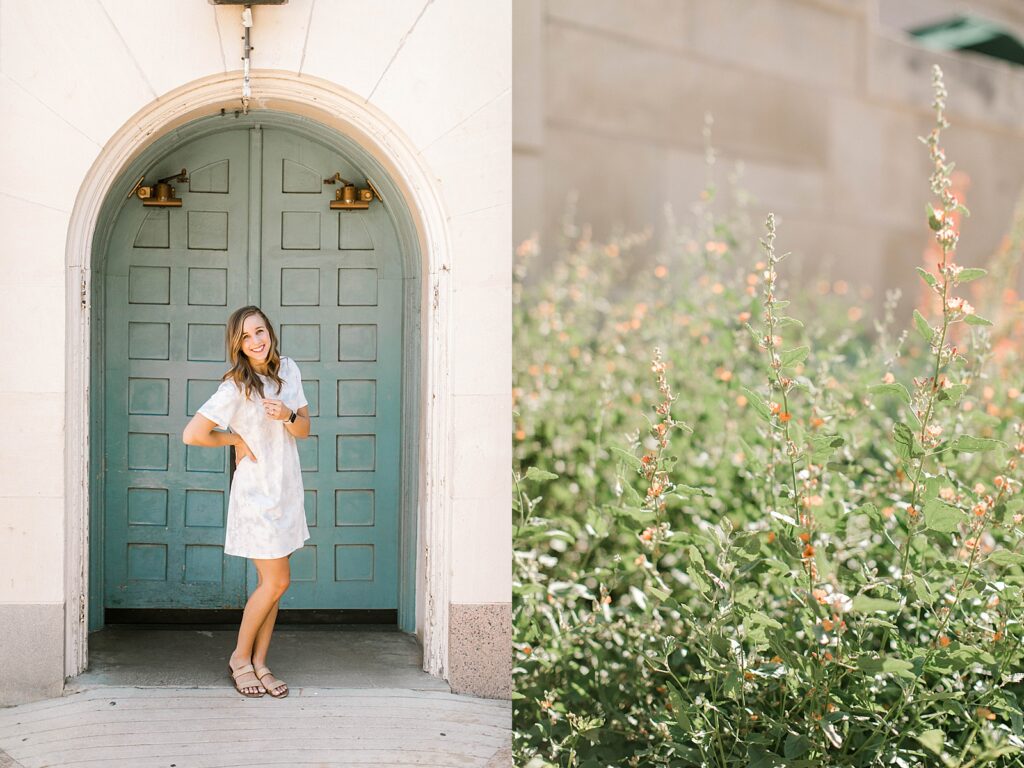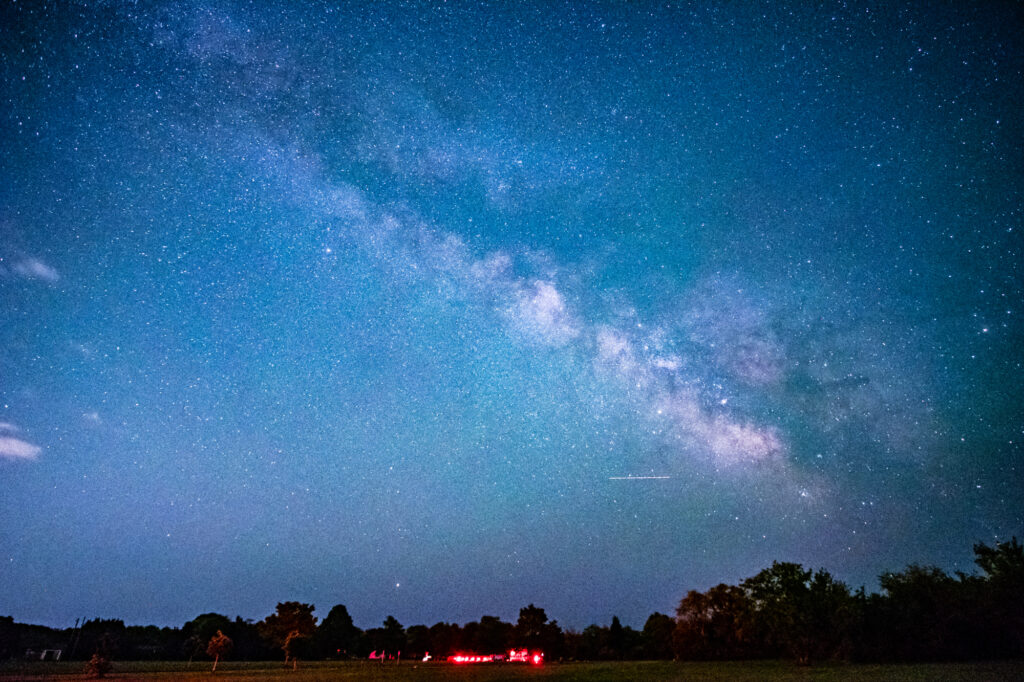It takes a great deal of skills, resilience, time to plan, study the scene, check technical details, and finally take the picture. To create a meaningful shot, a photographer must concentrate on several aspects of the scene and combine them.
In this article Yvette Heiser Texas – The Art of Seeing: Mastering the Basics of Photography, the well-renowned professional photographer Yvette Heiser has talked about the basics of photography. In essence, excellent pictures always contain these five components given below:
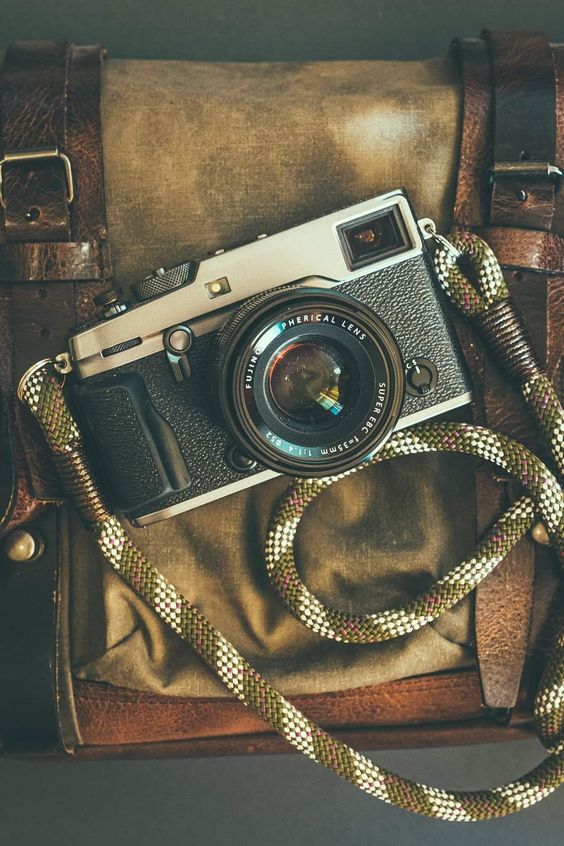
Light
In any image, light is the most fundamental component. Always look for stunning light, as it will bring out the best in the elements in the picture. Take note of how the light’s color and direction vary during the day, affecting how everything looks in the picture.
Avoid taking pictures when the sun is high in the sky, as this will result in bad lighting. Whenever possible, try to have your light come from the side, and this will give the picture a sense of depth and texture.
Color
It is common to identify warm colors like reds and yellows before cold ones like greens and blues. Placing a warmer color in front of a cooler one is a wonderful way to create depth in an image.
This will draw attention to the warmer tone and could improve the image’s appearance. Consider taking black-and-white photos if you have a lot of trouble getting the color balance right in your shots.
Moment
A strong moment involves more than just bringing attention to a specific topic or period in time. To create a moment in a photograph, all the components in the frame should work together to tell a compelling tale.
Each component should connect with others in such a manner that the viewers should be amazed. For example, in Yvette Heiser Texas – The Importance of Professional Wedding Photographers, he emphasized the importance of professional photographers to capture perfect movement. So, you should keep this in mind when taking photographs so that you can try to incorporate more aspects that create a pleasurable moment.
Composition
The basic idea of composition is to arrange the elements in your frame so as to highlight the regions you want and give them a unique look. While composition can often be highly subjective, it can transform an unremarkable scene into one that draws the viewer in. It is ultimately the photographer’s responsibility to decide what works for the particular scenario, even if there are many rules and guidelines for producing better photos.
Connecting with the audience
A good photograph generates strong feelings in the viewer. This is one of the photograph’s strongest elements and can have equal significance to the usage of light or the supporting structure.
More importantly than any technical aspect of the picture (such as proper exposure, aperture, or shutter speed), an image’s ability to evoke strong feelings in the viewer is important. It is because people remember images that emotionally connect with them far better than ones that are technically perfect.
Final thoughts
Consider carefully how you position different things in the frame when capturing a moment. Yvette Heiser Texas advises avoiding packing too much in too little space and allowing items to overlap, which can look disorganized and be quite distracting.

